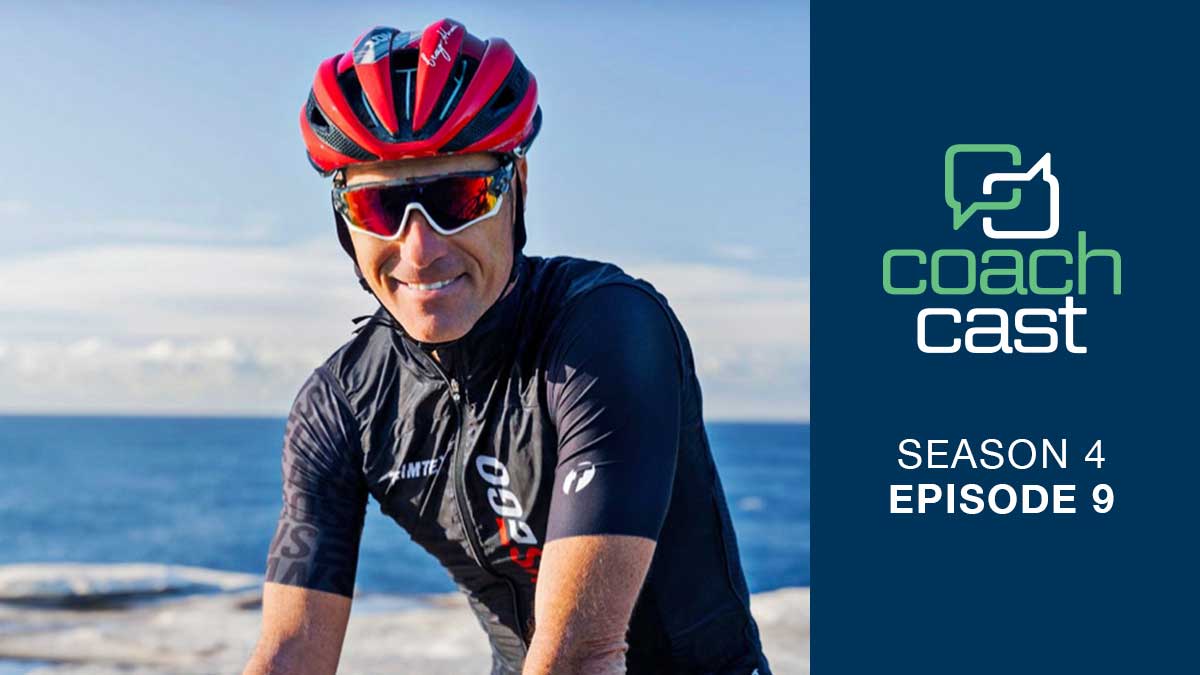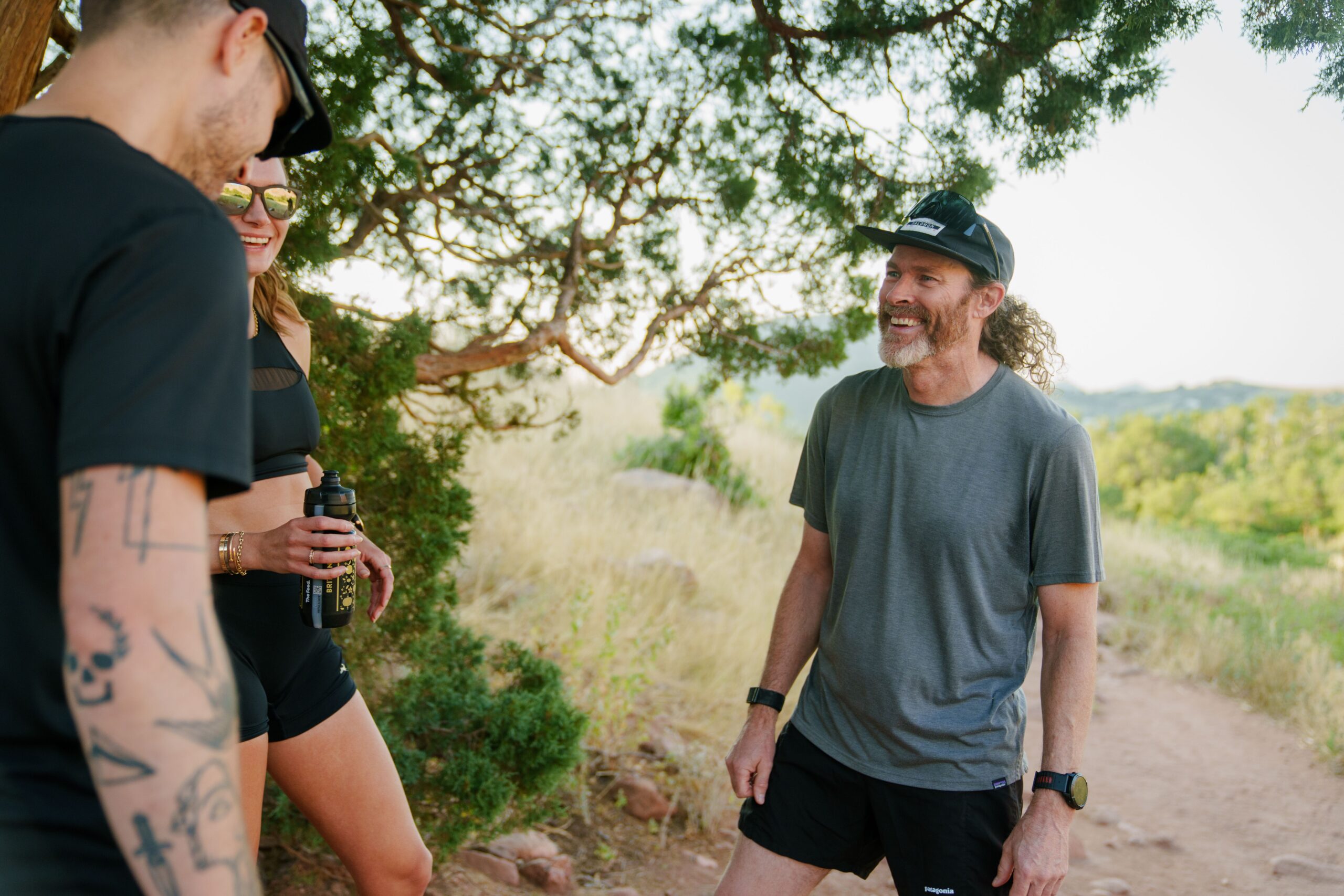Craig Alexander, or “Crowie” as many know him, has formulated an approach to triathlon training through many years as a professional and now as a coach. He talks with Dirk Friel about his approach to hitting peak fitness while balancing a restorative taper for the best performance racing long course triathlon.
Crowie and Dirk consider the schedule changes to the Ironman World Championships in Kona for 2022 and who could take home the men’s and women’s titles after seeing recent performances and results from the championships in St. George earlier in the year. Plus, should the world championships always be hosted in Kona?
Alexander is a true legend of triathlon and is a three-time Ironman champion and two-time 70.3 world champion. Winning both in 2011, He has held the Ironman Hawaii course record and was recently inducted into the Ironman Australia Hall of Fame. He started his coaching company, Sansego, in 2014, which serves hundreds of athletes worldwide through training plans, clubs, personal coaching and more.
STANDOUT QUOTES
“Peaking is really just bringing your form up to a crescendo so you’re in your best physical and mental shape for your events in your plan. Tapering in and around that is…I think they sort of go hand in hand. Because, you know, you don’t want to be fatigued going into your racing. You want to be fresh, you want to be sharp. That’s the whole point. I would always bring the volume back about 30 to 40%, and with my intensity, I would always keep my intensity and my taper at my target race intensity level.”
“I’ll say with tapering, I don’t think it’s a one-size-fits-all. I think every athlete’s different, even whether you’re a pro or age grouper. You’ve got to understand your body and the things that you respond well to. So it’s not a one-size-fits-all, but there are some general rules that I think govern our thinking around what’s our starting point. The main one for me was always, you know, your tapering; it should be more replenishment. It’s replenishing rather than depleting.
You know, I always think that there’s no real fitness or strength gains to be made in the last 7 to 10 days. So what you’re looking at is more freshening up, sharpening up, activation and staying strong. And I guess to your point of what’s relevant to an age group or pro, again, it comes down to, you know, what your usual training looks like.
If you’re training, say, 30 to 40 hours a week, like a lot of Ironman professionals are, your taper is going to look a lot different to, you know, someone who’s, say, training 15 or 10 to 15 hours a week. So and I can relate to that because later in my career, as I got older, more training loads and volumes, intensities, everything decreased somewhat.”
“Not only does a great coach coach you up and get you fit, but part of that hopefully is a confidence that you have…and again, none of us are immune to that because I used to sit there on race week and see people doing sort of high-intensity stride-outs down Ali’i Drive in race week, you know, at midday and think maybe I should be doing that.”
And again, it came back to that overriding or governing thought I always had before I did any session in my taper was, you know, does this fit in with the mindset of replenishment rather than depletion? Like what is the goal of this session? And that’s a question you should ask yourself before every session, whether it’s in your taper or not.”
“The main [thought] for me was always, you know, [about] your tapering; it should be more replenishment. It’s replenishing rather than depleting.”
On the move to have the women’s race on Thursday:
“I think there’s pros and cons like anything in life, isn’t there? I know a lot of my friends, the female professionals, have said that often their race gets impacted greatly by men, the top eight men, and getting mixed up in among the women. So, yeah, I mean, from that aspect, the fact that the women get their own stage in their own race, I think it’s a great thing.
Should the women be on Saturday, though? Because that’s the weekend when you’d imagine most of the media coverage [would be]. I just hope both men’s and women’s races get equal media coverage that’s my hope.”
On the notion of Ironman worlds changing locations:
“I like Kona being in Kona because I mean, for me, and this is just a personal thing, it’s the race that I saw 10 years before I ever did a triathlon. It’s the race that got me into the sport. It’s the race that had all the mystery and mystique and prestige for me. And status. And triathlon has grown into a lot of great things now.
We’re an Olympic sport, all these different formats and styles of racing, which I love. It’s all great for the sport, but historically, yeah, a lot of our sport was built on the back of Kona and that race. Not only because of the distances but also because of the location and how the race started. The story of the race, you know. That’s what started our sport. Just those Marines sitting around talking about who are the better endurance athletes. Swimmers, bikers or runners, and then coming up with this crazy idea to put it all together, and so I like it staying in Kona. If the people of Kona love it and the race is still embraced by the athletes.
Let’s rotate the 70.3 worlds. Let’s rotate the world championships for other distances. And of course, the Olympics always rotate different venues every four years. I kind of like Hawaii saying where it is.”
Resources
Crowie online:
https://alexander.sansego.co/
Training Plans on TrainingPeaks
Instagram
Twitter
Facebook




